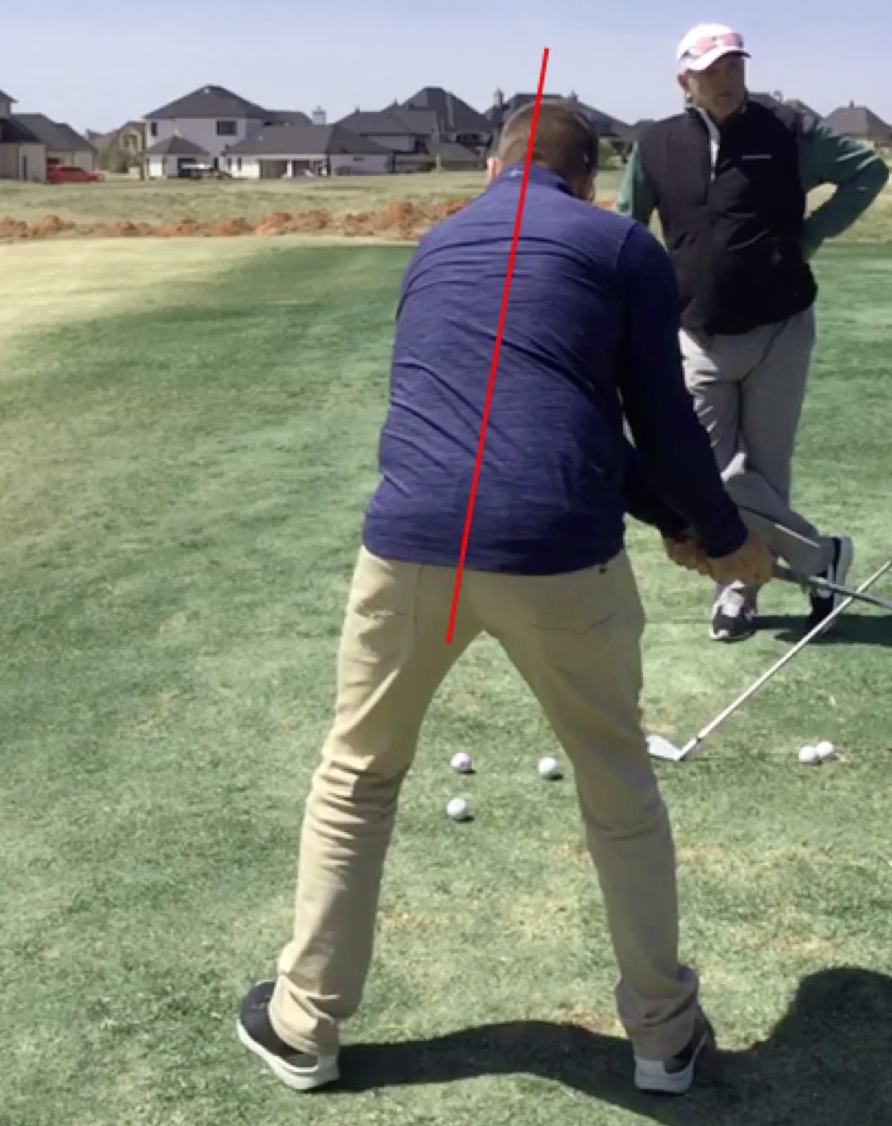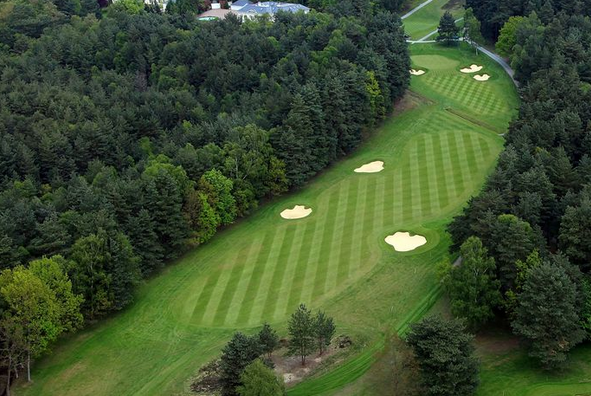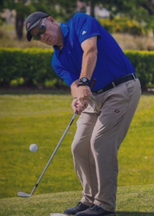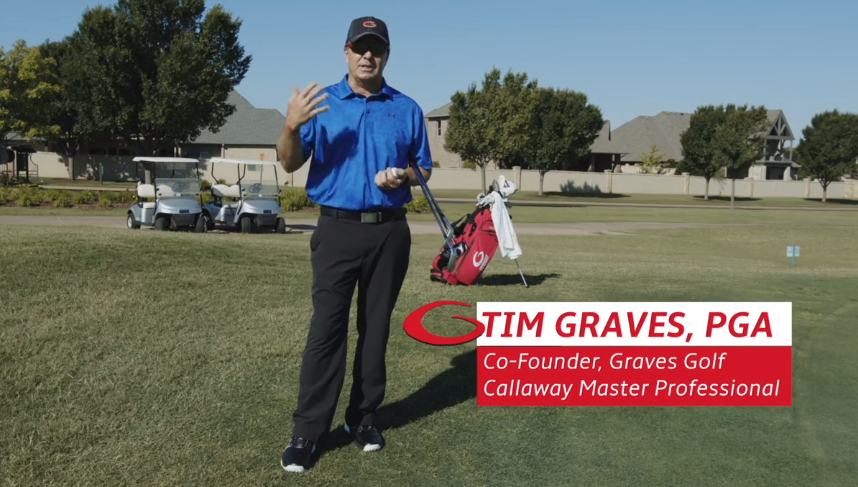I hear this question often in one form or another. Here is and example from a recent Youtube comment:
“With the single plane swing is the release a right inward throw or a left outward pull?“ I find these questions difficult to answer with a simple “Right or Left” after spending the last six years studying the “inside” of the Single plane swing with 3D modeling. The problem with the question is that there is never a moment in the swing where the right side and left side aren’t active. Just because the part of the body isn’t moving, doesn’t mean its not doing anything. This becomes particularly obvious when you study motion and the Kinematic Sequence of the body.In other words, if the left side of the body is stopping – the act of stopping is also an activity. Think of his this way. When you are driving your car quickly and you stop, what part of the car is doing the most work? If you guessed the brakes, you are getting the idea of what is happening in the golf swing. Moving one part of the body correctly requires the body to stabilize other parts to accommodate proper movement. Let’s look at the example from the YOUTUBE question about the release. During the release of the golf club the lead arm / hand are slowing down as the bent trail arm is extending. This happens at the correct time (and place) because the Pelvis has rotated into a flexed and stable trail knee. When the pelvis is being stabilized, the lead side of the torso can also stabilize allowing the trail side of the body to keep rotating. You can not “inward throw” or “outward pull” if these variables are not present. There fore, the answer is that “both” the right inward throw and the left outward pull are occurring – it is just a matter of when and where. It is not one or the other. While I have used various analogies to describe specific motions in the swing such as skipping the rock with the trail hand and throwing a frisbee with the lead side, neither one describes the entirety of the motion. I would rather have you think of the golf swing differently. I would rather have you think in terms of backswing and downswing with a change of direction or transition in-between. Where I see the golf swing is largely misunderstood is that in each segment, such as the backswing, various parts of the body are moving and stopping. In other words, it is not one continuous motion. It is actually a series of movements blended into one. Take for example the backswing motion. In the first few feet of club movement the pelvis has rotated 20 degrees while the Torso has moved almost 50.
Take a look at the entire video of this back view. It demonstrates how during the backswing as the body is moving , the trail shoulder stops and the hands and arms continue. This is why Moe would describe the motion as In and Up.
You can clearly see how at a certain point the trail shoulder stops as the arms move and trail elbow folds up. This is why it is much more advantageous to study the movement of the body as it compares the model than generalize the movements.








